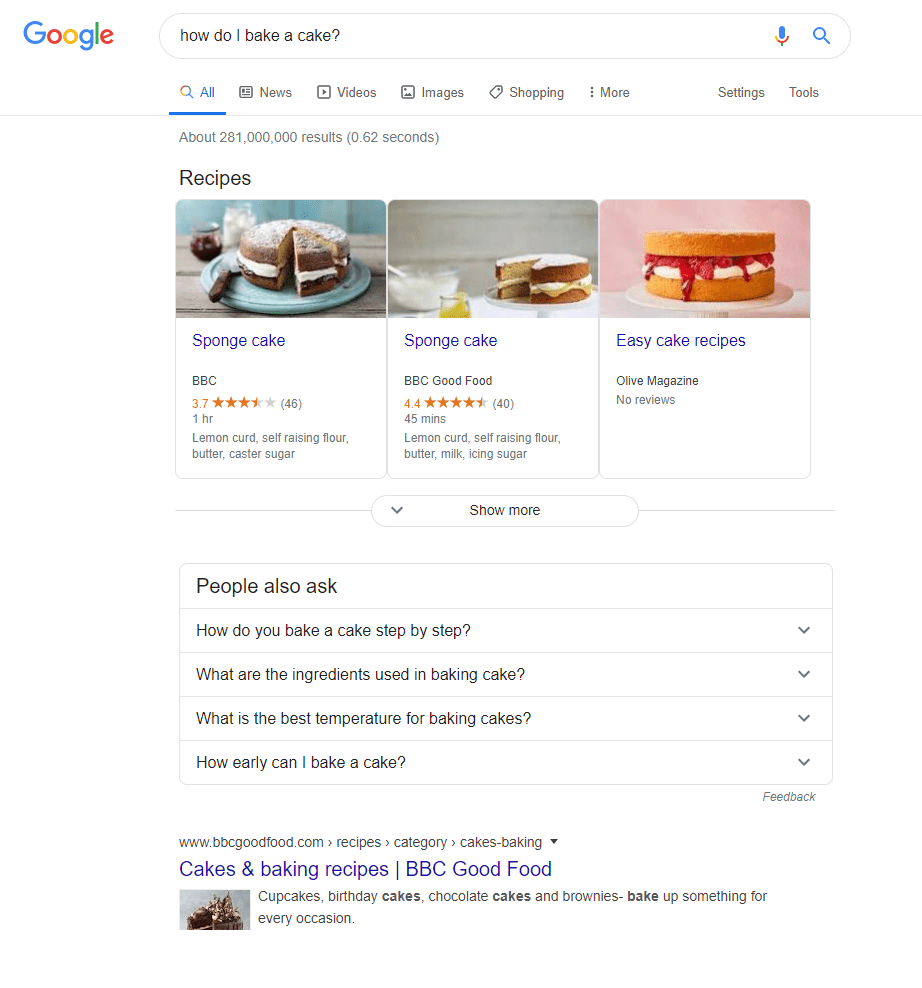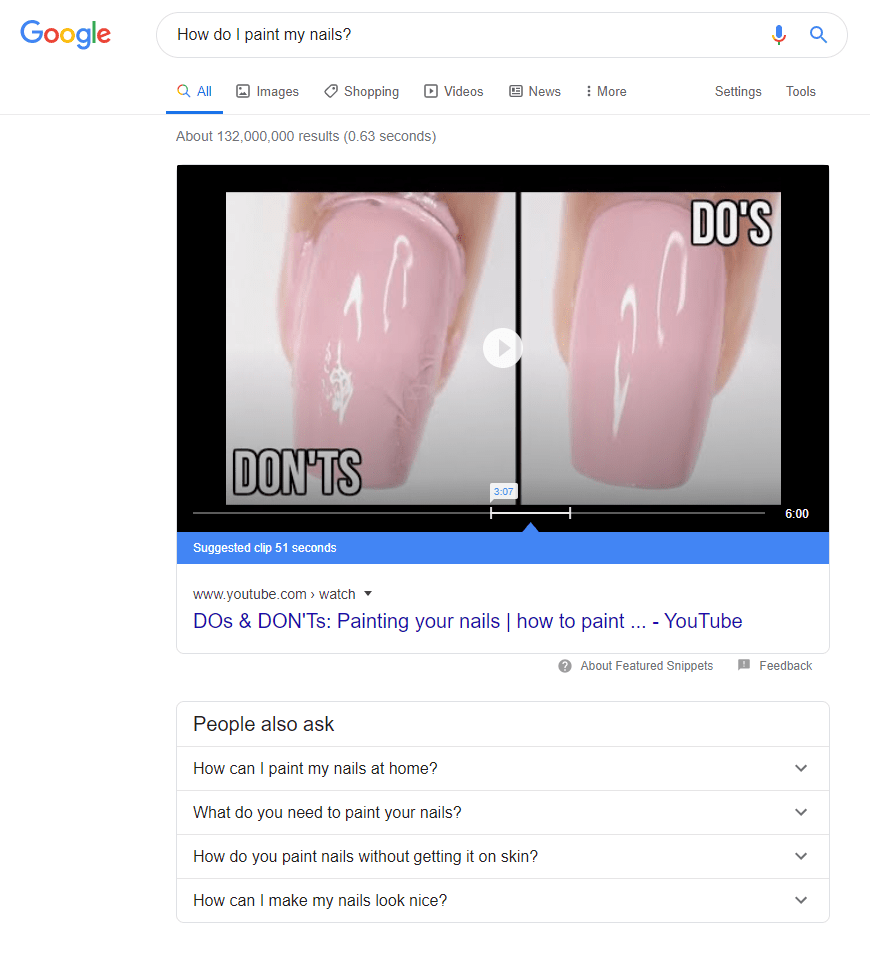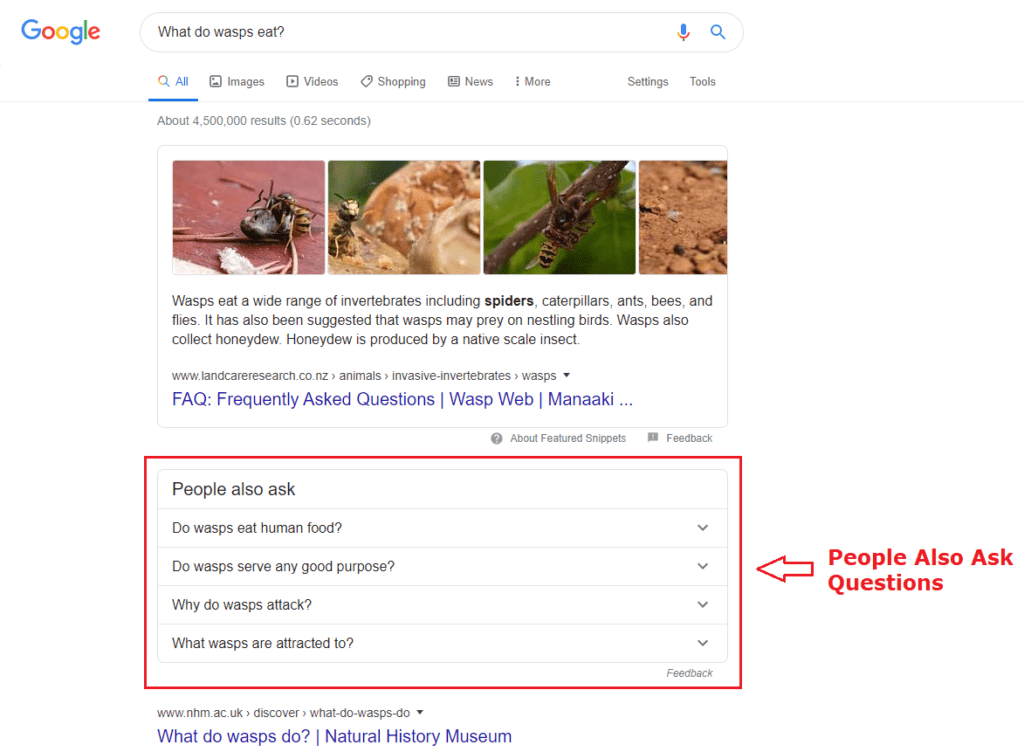Put simply, Position Zero is the position that appears above the first organic search results:

Position Zero presents a direct answer to the searchers question. In the example above, I search for where I can find emus and Position Zero gives me a snippet of a page I can click through to. This box is selected by Google based on the relevance of the content to my specific question (a probably a dozen of other ranking factors Google won’t tell us about) and offers me what it believes to be the best answer.
Google displays a section of the content, the page title and the URL when pulling in information for Position Zero, so you can see which website you will be going to if you follow the link.
Isn’t It Just Featured Snippets With a New Name?
Some of you out there in Marketing Land will remember this feature used to be known as the Featured Snippet, and it was a coveted place to be in terms of Search Results.
The big difference between Position Zero and Featured Snippets is that now, results that get the Position Zero spot will no longer show again further down the organic listings.
With Featured Snippets, you could effectively get two bites of the cherry; one results in the Snippet spot, and another results further down the page within the organic results.
Some users found this system unfair, and that it went against the rules that Google had laid out for organic results. After all, if your page was good enough to achieve the Featured Snippet spot, why would your normal organic result show so much further down the page? If you are the best, you should be in position one, surely?
Well, that often happened, with some pages landing both the Featured Snippet spot and the 1st place organic result. With this system, one page could absolutely dominate the organic results page, pushing everyone else down below the fold.
So, the system has been revamped and we now have Position Zero.
Why is Position Zero Important?
Because of the format of the Position Zero results, if you nab the top spot, you push your competitors further down the page. Now, unlike Featured Snippets, you’ll only get that top spot, but that doesn’t matter. Check out some of the examples we have found below;


In both of these examples, the different formats of the results means that all other organic results are pushed down below the fold.
You’ll see in both of the images a list of questions that appear below the Position Zero box. These are ‘People Also Ask’ questions, pulled in from other Search Results to offer the user more choice to find their specific answer.

With this box pushing the organic results down even further, the Position Zero box becomes even more prominent.
It goes without saying that gaining the Position Zero spot is going to have an impact on your CTR rate, as you dominate the top of the page for a particular search or keyword.
You can even see in the ‘how to bake a cake’ search that the BBC has managed to get both Position Zero and the first organic result by having two similar, but not the same, pages available which both answer the question.
If you are careful to avoid duplication issues, and work smart with your optimisation, there’s no reason why you can achieve this with your own results.
How Do I Get Position Zero?
So, here’s a few tips to increase your chances of gaining Position Zero. However, be aware that success is not guaranteed and you might need to tweak and change your content before getting the results you’re after.
Position Zero typically includes the following formats:
- Short paragraphs of text
- Numbered and bulleted lists
- Tables
- Videos
- Images
- Charts
- Images
In order to gain Position Zero, you must try and answer one of five questions; who, what, where, why and when.
You need to focus on one answer for one question. Google is looking for the simplest, most direct answer, so your content must be clear about what it is answering.
How to guides should include step by step processes that are clearly displayed. Paragraphs in content should not be overly long and need to be readable, with good spelling and grammar. Images should be high quality, with accurate alt image tags.
A lot of these tips are best practices for SEO so you should be doing most of them anyway. If you need any guidance with on-page optimisation, give our marketing team a shout and we can help you out.
Like I said before, these are guidelines to give you the best chance, but you can also branch out into the following;
- Comparison articles
- Definitions
- Prices
- ‘Best Of’ lists
- FAQs
The key thing to keep in mind is that you are trying to answer one question with one answer. Stick to that and you are more likely to gain that coveted Position Zero spot.